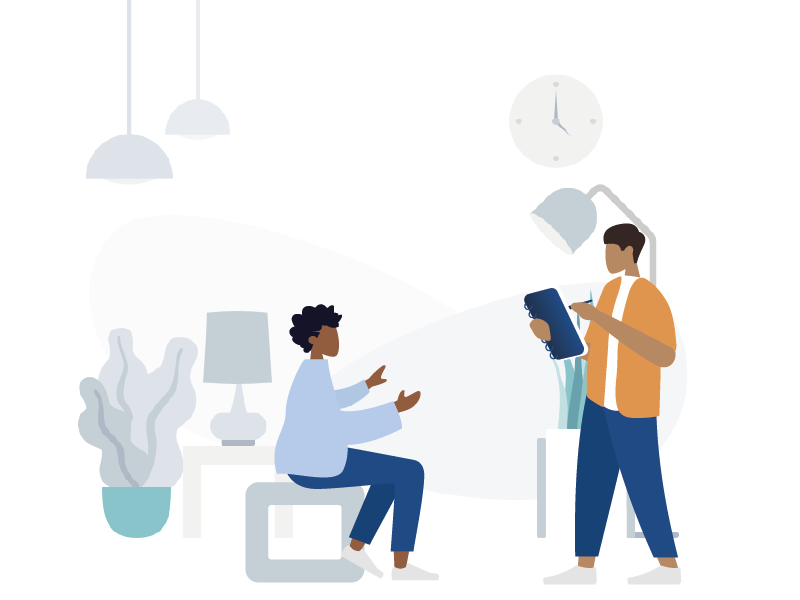Every year, digital content becomes vaster and more relevant, especially after a pandemic that forced users around the world to manage almost every aspect of life remotely. In this era, accessibility plays an important role, so all types of people can access that ever-increasing content. In this article, we explore three main things for translation project managers to take into consideration when working on accessibility compliance in translation projects.
Accessibility Standards
One of the first things to know before working with accessible documents is the expectations of the client regarding compliance. Most clients will refer to WCAG, which stands for Web Content Accessibility Guidelines. The WCAG is a document that aims to define how to make web content more accessible to people with disabilities. These guidelines are recognized internationally when working on accessible web content, which includes accessible documents. The most recent version of the document is 2.1 and the industry-standard aims for an AA level. Talk to your client and try to figure out if they are already acquainted with the standards or if more guidance will be needed.
Alternative Text
Most documents include images and graphics. How do we communicate the content of an image to someone that is blind or has a visual impairment? This is where the alternative text comes to the aid.
Alternative text, also known as alt text, aims to describe images to readers who are unable to see them. This includes screen readers that read the content on the screen to the user. When clients send a document for translations that must comply with accessibility guidelines, the file rarely includes the alternative text of the images and graphics included. This content should be translated as well since it will be read through a screen reader and must match the target language.
The ideal process is to create the alternative text in the document’s original language and then translate that text. There are several things to consider when creating alternative text, but that is not the subject of this article. To learn more about an alternative text, check the article How To: Write Good Alt Text written by the director of the Supercool Design blog.
Design for Accessibility Compliance
Another aspect to take into consideration when working on accessible documents is the design and format. The WCAG does describe that all accessible documents should comply with several guidelines, which could be resumed to a single word: readability.
Here is a list of must-do’s when reviewing the design of a document:
- Fonts should be easy to read and have enough leading and kerning.
- The size of the body text should be between 12 pts and 14 pts.
- Elements that use color should have appropriate contrast. The ratio of the color contrast should be 4.5:1 according to the WCAG 2.1 Level AA guidelines.
Always make sure to check the document with the above elements in mind and inform the client if any modification to the design of the file may be necessary.
There is no denying that accessibility is more important as technology progresses and more information is stored digitally. At the same time, translation services are required just as often. Merging the two is part of the accessibility efforts around the world to create a more inclusive environment with well-informed people. To learn more about accessibility, explore the W3C’s page on accessibility standards. And if you want to learn how to manage any type of translation project, you can check the TCLoc curriculum where you can learn more about project management and localization.



